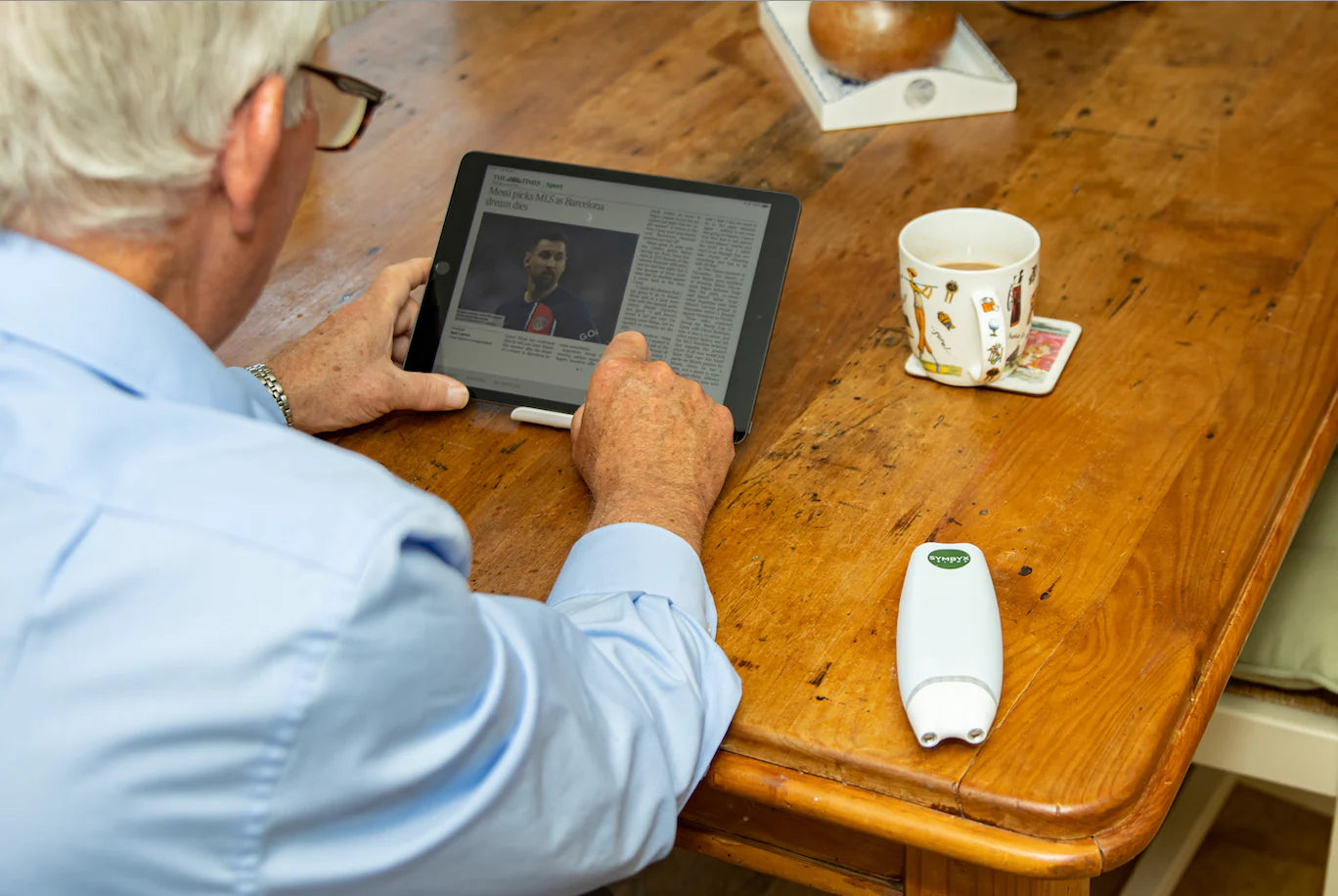New research has shown that light waves in infrared and red light therapy can stimulate certain kinds of brainwave activity, which is proving to be effective for conditions such as Parkinson's, Alzheimer's, Dementia, mild cognitive impairment such as brain-fog, concussion and sleep disorders.
There are 5 different kinds of brainwaves, which are the electrical impulses emitted by our brain for a range of functions. These include: delta, theta, alpha, beta and gamma. The speed of these waves is referred to as frequency, and is commonly written in Hertz (Hz).
Gamma waves are our fastest brainwaves, pulsing between 30-80 Hertz/second. Our gamma waves are stimulated whenever we are engaged in tasks requiring high levels of concentration, alertness, creativity and focus.
Unfortunately, in many chronic brain conditions, our gamma brainwaves are particularly affected, and begin to fire off aberrantly. This can make it challenging to store memory, task switch, or stay focused, and many patients with affected gamma waves complain of brain fog, low mood, fatigue, and forgetfulness. Aberrant gamma brainwaves have been associated with conditions such as Alzheimer's and Parkinson's for this reason.
Just like our brainwaves, light energy also travels in waves. Fascinatingly, when light from a laser device is shone on the brain at the same frequency as our gamma waves, the light therapy can regulate and restore these natural brain rhythms.
The SYMBYX Neuro red light therapy helmet pulses at 40 Hz, which is at the same speed as our gamma waves, for this very reason. This helmet was tested in the world's first triple-blinded, randomised controlled trial investigating the effects of a light therapy helmet on patients living with Parkinson’s Disease, led by neurologist Dr Geoffrey Herkes in Sydney, Australia.
The San Hospital clinical trial of light therapy for PD recorded results across 5 sub-categories of motor tests: facial expression, upper and lower limb coordination, walking and tremour. The group with the active treatment improved 24-58% over baseline across all five areas tested, unlike the placebo group which showed a statistically valid improvement in lower limb coordination and movement only. You can read more about the results of this clinical trial of light therapy for Parkinson's here.
Stimulation on the head with red light therapy at 40 Hz seems to be particularly beneficial. As well as Parkinson's disease, light therapy has also being rigorously tested in patients with Alzheimer's. A research study titled, 'Sensory-Evoked 40-Hz Gamma Oscillation Improves Sleep and Daily Living Activities in Alzheimer’s Disease Patients' showed that stimulation at 40 Hz improved sleep and helped participants maintain functional status compared to the control group, who continued to decline. Infrared and Red light therapy has also been proven to reduce plaque formation in the brain, reduce neuro-inflammation, prevent shrinkage of the brain (that happens as we age and with certain conditions such as Alzheimer's), and improve behavioural testing performance.
The SYMBYX Neuro represents the coming together of the latest science with technological innovation in light therapy. Our transcranial helmet utilises both red light therapy and infrared light energy, shone at specific wavelengths at 40 Hz, to maximise the depth of transmission into the brain, and stimulate the gamma brainwaves. Research also shows that the light therapy applied by the SYMBYX Neuro may reduce neuro-inflammation, stimulate cellular mitochondria, reduce oxidative stress and be neuroprotective to our dopamine cells.
You can learn more and/or purchase your own SYMBYX Neuro . Please note this red light therapy and infrared light therapy helmet is a wellness device. If you're unsure which SYMBYX light therapy device is the most suitable for you, please reach out to our global team of health clinicians at email: clinicalsupport@symbyxbiome.com, who can help answer any clinical questions or queries you may have.

